Designers
Exto collection is inspired by tradition but makes research and innovation its strong point. It evokes and innovates with wisdom and discretion, it's made of details and passion.
Shiro studio is a London based, award winning architecture practice established by Andrea Morgante in 2009 with an international reputation for delivering innovative projects that span the disciplines of architecture, art, design and temporary installations.
Andrea Morgante is a registered ARB RIBA Architect in the UK. After working in 1997 with RMJM in London he joined Future Systems in 2001 where he became Associate Director, working closely alongside the late Jan Kaplicky. In 2008 he collaborated with Ross Lovegrove, developing a number of innovative self-sufficient energy projects. In 2012 Andrea art-directed and completed the construction of the Enzo Ferrari Museum in Italy.
Since 2009 the studio has completed projects for, amongst others, Ferrari, Maserati, Alessi, M&C Saatchi, Peroni, D-Shape, Agape, Poltrona Frau, Seiko Japan, Nodus Rug. Andrea's work has been extensively published on numerous magazines and books, including Wallpaper, FT, Casabella, The Independent, Architect's Journal, Blueprint, Icon, Interni, The Telegraph. Selected pieces have been displayed at the Royal Academy of Art, Design Museum, Venice Biennale, RMIT Design Lab.
Andrea Morgante (Shiro Studio) Designs for Exto:
Clementine Chambon conducts a multidisciplinary practice in design and fine arts. From furniture design with high-end manufacturers to small series production, she evolves between craftsmanship and industry with a strong plastic approach, questions with humour and kindness the domestic landscape, its production's modes. Graduate of the Boulle school and of ENSCI - Les Ateliers, where she was hosted in a design research residency on the theme of Light and paper in 2018, she started her career by working at Marc Newson's office, then co-founded Design Percept before creating her own studio in 2019. She collaborates with galleries, international design manufacturers and distributors, Living Heritage Companies, public entities. Since 2007, she regularly gives master classes and workshops in design schools, in France or abroad.
Her approach is embodied in durable, often colourful, expressive, joyful, products that mark her imprint. In 2019, a selection of her works around the Elliptic Chair were acquired by the National Center for Plastic Arts (CNAP). Her "Doll" lamp in Calais Caudry lace is part of the permanent national collections of the Mobilier National, following the 2021 acquisition campaign. Her research project-creation of an ecosystem for the recovery and reuse of driftwood following winter storms is one of 264 artistic projects selected by the Mondes Nouveaux program of the French Ministry of Culture, France Relance.
Clementine Chambon Designs for Exto:
Shiro studio is a London based, award winning architecture practice established by Andrea Morgante in 2009 with an international reputation for delivering innovative projects that span the disciplines of architecture, art, design and temporary installations.
Andrea Morgante is a registered ARB RIBA Architect in the UK. After working in 1997 with RMJM in London he joined Future Systems in 2001 where he became Associate Director, working closely alongside the late Jan Kaplicky. In 2008 he collaborated with Ross Lovegrove, developing a number of innovative self-sufficient energy projects. In 2012 Andrea art-directed and completed the construction of the Enzo Ferrari Museum in Italy.
Since 2009 the studio has completed projects for, amongst others, Ferrari, Maserati, Alessi, M&C Saatchi, Peroni, D-Shape, Agape, Poltrona Frau, Seiko Japan, Nodus Rug. Andrea's work has been extensively published on numerous magazines and books, including Wallpaper, FT, Casabella, The Independent, Architect's Journal, Blueprint, Icon, Interni, The Telegraph. Selected pieces have been displayed at the Royal Academy of Art, Design Museum, Venice Biennale, RMIT Design Lab.
Andrea Morgante (Shiro Studio) Designs for Exto:
Clementine Chambon conducts a multidisciplinary practice in design and fine arts. From furniture design with high-end manufacturers to small series production, she evolves between craftsmanship and industry with a strong plastic approach, questions with humour and kindness the domestic landscape, its production's modes. Graduate of the Boulle school and of ENSCI - Les Ateliers, where she was hosted in a design research residency on the theme of Light and paper in 2018, she started her career by working at Marc Newson's office, then co-founded Design Percept before creating her own studio in 2019. She collaborates with galleries, international design manufacturers and distributors, Living Heritage Companies, public entities. Since 2007, she regularly gives master classes and workshops in design schools, in France or abroad.
Her approach is embodied in durable, often colourful, expressive, joyful, products that mark her imprint. In 2019, a selection of her works around the Elliptic Chair were acquired by the National Center for Plastic Arts (CNAP). Her "Doll" lamp in Calais Caudry lace is part of the permanent national collections of the Mobilier National, following the 2021 acquisition campaign. Her research project-creation of an ecosystem for the recovery and reuse of driftwood following winter storms is one of 264 artistic projects selected by the Mondes Nouveaux program of the French Ministry of Culture, France Relance.
Clementine Chambon Designs for Exto:
Born in 1976, Constance Guisset lives and works in Paris.
After studying at ESSEC business School and Sciences-Po, then a one-year internship at Japan Parliament in Tokyo, she choses to turn towards design.
Continuing with working as an administrator at the Bouroullec Studio between 2003 and 2010, she graduates from ENSCI design School in 2007. In 2008,
she is awarded Grand Prix du Design de la Ville de Paris and wins the Prize for the Public of Design Parade at La Villa Noailles the year later. In 2010, Constance
Guisset is named among the Ten designers of the year in Maison et Objets, Now! Design à vivre and wins the Audi Talents Awards.
In 2007 Constance Guisset established her own studio in Paris. She essentially creates objects but also works on stage design or video.
Since setting up her own practice, she has developed several furniture projects such as: Mezzanine (2008, cage – aquarium), Tri3 (2008, trash separator bin.
Aide à project of VIA), Vertigo lamp (2010, enveloping lamp edited by Petite Friture), Duplex (2010, cage – aquarium), Star collection (2010, furniture collection
conceived for the French Institute of Turkey in Ankara), Francis mirror (2011, edited by Petite Friture), Dessus-Dessous and Dessous-Dessus lamps (2012),
Tourbillon (2012, marvellous object for Christian Dior flagship), Sol (2012, rocking chair edited by Molteni).
In 2009, she conceives the stage design for the solo of Angelin Preljocaj, le Funambule. In 2010, she makes the window design for Galeries Lafayette Maison
and the scenography for Laurent Garnier’s concert at the Salle Pleyel in Paris. The same year, she designs the scenography for the toy exhibition Petites et
Grosses Bêtes at Musée des Arts Decoratifs. In 2011, she wins the Designers’ days award for best scenography she had done for Molteni: Conversations with Afra &
Tobia Scarpa. In 2012, during the Milan Furniture Fair, Constance Guisset designs the scenography for Salvatore Ferragamo flagship store and for Established
& Sons showroom (1200 m2 exhibition).
During the same period, Constance worked in the realization of two films: in 2006 she filmed Les rêves de Toto et Tata for the Musée des Arts Decoratifs and, in 2010 she realizes Scintillations, a film that was projected on the planetarium dome of Saint-Etienne. In 2012, takes place her first personal show, Design – Constance Guisset at the Chapelle des Calvairiennes in Mayenne. The exhibition shows the connection between different works in design, scenography and video. It also unveils the creation process by presenting hundreds of scale models that illustrate incessant shape experimentation. Nowadays, Constance Guisset is working on a new stage design for the upcoming Angelin Preljocaj’s opera and on a lamp’s collection for Euroluce 2013.
Her work is guided by an interest for illusion, lightness and surprise. She creates moving objects to raise amazement and fascination.
Constance Guisset Designs for Exto:
David Ericsson Designs for Exto:
Born in 1976, Constance Guisset lives and works in Paris.
After studying at ESSEC business School and Sciences-Po, then a one-year internship at Japan Parliament in Tokyo, she choses to turn towards design.
Continuing with working as an administrator at the Bouroullec Studio between 2003 and 2010, she graduates from ENSCI design School in 2007. In 2008,
she is awarded Grand Prix du Design de la Ville de Paris and wins the Prize for the Public of Design Parade at La Villa Noailles the year later. In 2010, Constance
Guisset is named among the Ten designers of the year in Maison et Objets, Now! Design à vivre and wins the Audi Talents Awards.
In 2007 Constance Guisset established her own studio in Paris. She essentially creates objects but also works on stage design or video.
Since setting up her own practice, she has developed several furniture projects such as: Mezzanine (2008, cage – aquarium), Tri3 (2008, trash separator bin.
Aide à project of VIA), Vertigo lamp (2010, enveloping lamp edited by Petite Friture), Duplex (2010, cage – aquarium), Star collection (2010, furniture collection
conceived for the French Institute of Turkey in Ankara), Francis mirror (2011, edited by Petite Friture), Dessus-Dessous and Dessous-Dessus lamps (2012),
Tourbillon (2012, marvellous object for Christian Dior flagship), Sol (2012, rocking chair edited by Molteni).
In 2009, she conceives the stage design for the solo of Angelin Preljocaj, le Funambule. In 2010, she makes the window design for Galeries Lafayette Maison
and the scenography for Laurent Garnier’s concert at the Salle Pleyel in Paris. The same year, she designs the scenography for the toy exhibition Petites et
Grosses Bêtes at Musée des Arts Decoratifs. In 2011, she wins the Designers’ days award for best scenography she had done for Molteni: Conversations with Afra &
Tobia Scarpa. In 2012, during the Milan Furniture Fair, Constance Guisset designs the scenography for Salvatore Ferragamo flagship store and for Established
& Sons showroom (1200 m2 exhibition).
During the same period, Constance worked in the realization of two films: in 2006 she filmed Les rêves de Toto et Tata for the Musée des Arts Decoratifs and, in 2010 she realizes Scintillations, a film that was projected on the planetarium dome of Saint-Etienne. In 2012, takes place her first personal show, Design – Constance Guisset at the Chapelle des Calvairiennes in Mayenne. The exhibition shows the connection between different works in design, scenography and video. It also unveils the creation process by presenting hundreds of scale models that illustrate incessant shape experimentation. Nowadays, Constance Guisset is working on a new stage design for the upcoming Angelin Preljocaj’s opera and on a lamp’s collection for Euroluce 2013.
Her work is guided by an interest for illusion, lightness and surprise. She creates moving objects to raise amazement and fascination.
Constance Guisset Designs for Exto:
David Ericsson Designs for Exto:
Eugenio Gerli (15 July 1923 – 2 October 2013) was an Italian architect and designer. In an intense working life, spanning more than six decades, he explored many different areas of his profession. He built villas, apartment blocks, office blocks, factories, banks and stores, and also restored historic buildings. He often completed his works with custom-made interiors and furniture. This diverse range of architectural and interior design projects inspired his industrial design projects, many of which today have become icons, like the S83 chair, the PS 142 armchair Clamis, the Jamaica cabinet and the Graphis System.
Some of his projects have become design classics and stand in some of the world's most important collections, including the ones of Triennale di Milano, the Centre Pompidou, the MAD Musée des Arts Décoratifs, located in the Palais du Louvre's western wing, and the Stedelijk Museum in Amsterdam.
After an initial two years at the Department of Engineering, Eugenio Gerli switched to studying Architecture at the Milan Politecnico (where he graduated in 1949), under Piero Portaluppi and Gio Ponti, both leading architects and designers.
His early projects were influenced by the works by Frank Lloyd Wright, Alvar Aalto and Charles Eames.
He integrated his spatial ideas with innovative solutions for custom-made designed interiors. This philosophy, together with his early studies in Engineering, helped him in the development of models for industrial design.
Eugenio Gerli also loved to create a strong bond between Architecture and visual arts, collaborating with artists like Arnaldo Pomodoro, Lucio Fontana, Blasco Mentor, Pietro Cascella, Guido Somaré.
Eugenio Gerli Designs for Exto:
Francesco Faccin, was born in Milan 1977.
In 2003 after having finished his studies in Industrial Design in Milan, Faccin works at the Enzo Mari design studio. In the meantime he starts up his career as a freelance designer, collaborating with Italian and International companies such as Tod´s, Segis, DAE. From 2004 to 2007 he works in small scale self-production projects with local craftsmen, carefully supervising the whole process and development of the products and getting closely involved with the various issues of the new challenge: In particular to those regarding wood manipulation and craftsmen labour. At this same period he collaborates with the lute-maker and model-maker Francesco Rivolta. In 2007 he makes part of the SaloneSatellite for the first time. In 2009 Faccin meets Michele De Lucchi and since then they work in mutual collaboration. In 2010 he joins the SaloneSatellite for the second time and wins the Design Report Award 2010. Since 2010 he is professor at the NABA University where has a course entitled “Projects not Objects”. In 2012
he has been invited by the NGO “Liveinslums” to design the furniture of the “why not academy” in Nairobi. In 2012 he designed the interiors of the ”28 Posti” restaurant in Milan, creating furniture with the collaboration of the inmates of the Bollate prison in Milan, in a laboratory established specially for this project, and still operating. In 2013 he was invited, as an “Affiliated Fellow”, to spend four months at the prestigious American Academy in Rome, doing a research about the productive fabric and craft of the historical center of Rome. In the same year at the Triennale di Milano presents a collection of selected objects from the Slums of Nairobi, made with municipal waste but realized with the typical logic of the mass production, the exhibition is titled “Made in the slums” and curated by Fulvio Irace. He actually collaborate whith Italian and International clients such Tod’s, Saeco, Danese, Miniforms, Bolia, Valsecchi1918, Officinanove, Liveinslums, Davide Groppi, SlowWood, Comieco...
Francesco Faccin Designs for Exto:
Eugenio Gerli (15 July 1923 – 2 October 2013) was an Italian architect and designer. In an intense working life, spanning more than six decades, he explored many different areas of his profession. He built villas, apartment blocks, office blocks, factories, banks and stores, and also restored historic buildings. He often completed his works with custom-made interiors and furniture. This diverse range of architectural and interior design projects inspired his industrial design projects, many of which today have become icons, like the S83 chair, the PS 142 armchair Clamis, the Jamaica cabinet and the Graphis System.
Some of his projects have become design classics and stand in some of the world's most important collections, including the ones of Triennale di Milano, the Centre Pompidou, the MAD Musée des Arts Décoratifs, located in the Palais du Louvre's western wing, and the Stedelijk Museum in Amsterdam.
After an initial two years at the Department of Engineering, Eugenio Gerli switched to studying Architecture at the Milan Politecnico (where he graduated in 1949), under Piero Portaluppi and Gio Ponti, both leading architects and designers.
His early projects were influenced by the works by Frank Lloyd Wright, Alvar Aalto and Charles Eames.
He integrated his spatial ideas with innovative solutions for custom-made designed interiors. This philosophy, together with his early studies in Engineering, helped him in the development of models for industrial design.
Eugenio Gerli also loved to create a strong bond between Architecture and visual arts, collaborating with artists like Arnaldo Pomodoro, Lucio Fontana, Blasco Mentor, Pietro Cascella, Guido Somaré.
Eugenio Gerli Designs for Exto:
Francesco Faccin, was born in Milan 1977.
In 2003 after having finished his studies in Industrial Design in Milan, Faccin works at the Enzo Mari design studio. In the meantime he starts up his career as a freelance designer, collaborating with Italian and International companies such as Tod´s, Segis, DAE. From 2004 to 2007 he works in small scale self-production projects with local craftsmen, carefully supervising the whole process and development of the products and getting closely involved with the various issues of the new challenge: In particular to those regarding wood manipulation and craftsmen labour. At this same period he collaborates with the lute-maker and model-maker Francesco Rivolta. In 2007 he makes part of the SaloneSatellite for the first time. In 2009 Faccin meets Michele De Lucchi and since then they work in mutual collaboration. In 2010 he joins the SaloneSatellite for the second time and wins the Design Report Award 2010. Since 2010 he is professor at the NABA University where has a course entitled “Projects not Objects”. In 2012
he has been invited by the NGO “Liveinslums” to design the furniture of the “why not academy” in Nairobi. In 2012 he designed the interiors of the ”28 Posti” restaurant in Milan, creating furniture with the collaboration of the inmates of the Bollate prison in Milan, in a laboratory established specially for this project, and still operating. In 2013 he was invited, as an “Affiliated Fellow”, to spend four months at the prestigious American Academy in Rome, doing a research about the productive fabric and craft of the historical center of Rome. In the same year at the Triennale di Milano presents a collection of selected objects from the Slums of Nairobi, made with municipal waste but realized with the typical logic of the mass production, the exhibition is titled “Made in the slums” and curated by Fulvio Irace. He actually collaborate whith Italian and International clients such Tod’s, Saeco, Danese, Miniforms, Bolia, Valsecchi1918, Officinanove, Liveinslums, Davide Groppi, SlowWood, Comieco...
Francesco Faccin Designs for Exto:
She is now one of the most accomplished names of Dutch design. She studied at the Design Academy of Eindhoven where she met her future partner, Joost van Bleiswijk. Kiki’s world is whimsical and colourful, lyrical and personal, yet refined by skilful craftsmanship. Her wide range of works includes carpets, lighting, furniture, ceramics, glassware and textiles. Inspired by the smallest details of the everyday and by the forms of nature, Kiki continues to surprise and delight manufacturers and consumers alike.
Her work has been presented in museums, galleries and fairs worldwide, including Basel, London, Paris, Milan, Venice, New York, Tokyo, Rome, Moscow, and Holon. Her collaborations include brands as Hermès, Saint-Louis, 1882 Ltd, MOOOI, Häagen-Dazs, Serax, Bernhardt Design and Nodus. In recent years she has worked with companies and institutions like Studio Edelkoort Paris, Design Academy Eindhoven, Venice Projects, Audax Textile Museum, Zuiderzee Museum, Noord Brabants Museum, Rijksmuseum and private collectors.
Kiki Van Eijk Designs for Exto:
Lanzavecchia+Wai is a creative collaboration between Francesca Lanzavecchia and Hunn Wai.
To them, being designers means being researchers, engineers, craftsmen and story-tellers all at the same time.
Wai hails from the south-east Asian island state of Singapore, educated as an industrial designer at the National University while Lanzavecchia received her BA in Product Design from Politecnico di Milano, Italy. They began their cooperation at the Design Academy Eindhoven in the Netherlands, where both graduated with Masters in Design under the direction of Gijs Bakker, co-founder of Droog Design.
Lanzavecchia’s main interest lies in the relationships objects have and can have with the human body and soul as well as having a fervent eye for future trends. Wai is fascinated by the collisions and fusions of materials, meanings and forms.
Their cooperation is based on those focuses and having hailed from two very different countries and cultures, they attempt to feed off each other’s backgrounds, knowledge and skill-sets to fuel lateral thinking and agile tangible application.
Design projects to them are research journeys characterized by the pursuit and selective employment of different design disciplines and professional competences, to be curated, cross-bred and nurtured into concepts and products that propose possibilities and inspire new perspectives. Lanzavecchia + Wai have collectively garnered attention and accolades in major design platforms such as the SaloneSatellite ,Fuori Salone and the Triennale Design Museum in Milan (IT), MAXXI – the National Museum of XXI Century Arts in Rome (IT), DepotBasel (CH), Interieur Kortrijk (BE), IMM in Cologne (DE), Tokyo Design Week (JP) and Beijing Design Week (CN).
Their work have also been represented and promoted in internationally renowned periodicals like *Wallpaper, Newsweek, FRAME, Flash Art, Form, Metropolis, ICON, DAMn, Items etc…
Their work spans from limited editions for galleries and museums, to mass products for major companies, to special commissions for brands like Alcantara, Samsonite and Mercedes Benz.
Lanzavecchia + Wai was officially established at the end of 2009, during a 3-month residency, as part of the Time to Design – New Talent award, at the Danish Art Workshops to realize their inaugural collection “Spaziale Series: New Expressions of Skin and Structure”.
Their recent accomplishments include being featured by Newsweek as one of the “Designers of the Future”, in June 2012, and shortlisted for”. Wallpaper* Design Awards 2013 –“Life-enhancer of the Year” for their MonoLight table lamp.
Lanzavecchia+Wai Designs for Exto:
She is now one of the most accomplished names of Dutch design. She studied at the Design Academy of Eindhoven where she met her future partner, Joost van Bleiswijk. Kiki’s world is whimsical and colourful, lyrical and personal, yet refined by skilful craftsmanship. Her wide range of works includes carpets, lighting, furniture, ceramics, glassware and textiles. Inspired by the smallest details of the everyday and by the forms of nature, Kiki continues to surprise and delight manufacturers and consumers alike.
Her work has been presented in museums, galleries and fairs worldwide, including Basel, London, Paris, Milan, Venice, New York, Tokyo, Rome, Moscow, and Holon. Her collaborations include brands as Hermès, Saint-Louis, 1882 Ltd, MOOOI, Häagen-Dazs, Serax, Bernhardt Design and Nodus. In recent years she has worked with companies and institutions like Studio Edelkoort Paris, Design Academy Eindhoven, Venice Projects, Audax Textile Museum, Zuiderzee Museum, Noord Brabants Museum, Rijksmuseum and private collectors.
Kiki Van Eijk Designs for Exto:
Lanzavecchia+Wai is a creative collaboration between Francesca Lanzavecchia and Hunn Wai.
To them, being designers means being researchers, engineers, craftsmen and story-tellers all at the same time.
Wai hails from the south-east Asian island state of Singapore, educated as an industrial designer at the National University while Lanzavecchia received her BA in Product Design from Politecnico di Milano, Italy. They began their cooperation at the Design Academy Eindhoven in the Netherlands, where both graduated with Masters in Design under the direction of Gijs Bakker, co-founder of Droog Design.
Lanzavecchia’s main interest lies in the relationships objects have and can have with the human body and soul as well as having a fervent eye for future trends. Wai is fascinated by the collisions and fusions of materials, meanings and forms.
Their cooperation is based on those focuses and having hailed from two very different countries and cultures, they attempt to feed off each other’s backgrounds, knowledge and skill-sets to fuel lateral thinking and agile tangible application.
Design projects to them are research journeys characterized by the pursuit and selective employment of different design disciplines and professional competences, to be curated, cross-bred and nurtured into concepts and products that propose possibilities and inspire new perspectives. Lanzavecchia + Wai have collectively garnered attention and accolades in major design platforms such as the SaloneSatellite ,Fuori Salone and the Triennale Design Museum in Milan (IT), MAXXI – the National Museum of XXI Century Arts in Rome (IT), DepotBasel (CH), Interieur Kortrijk (BE), IMM in Cologne (DE), Tokyo Design Week (JP) and Beijing Design Week (CN).
Their work have also been represented and promoted in internationally renowned periodicals like *Wallpaper, Newsweek, FRAME, Flash Art, Form, Metropolis, ICON, DAMn, Items etc…
Their work spans from limited editions for galleries and museums, to mass products for major companies, to special commissions for brands like Alcantara, Samsonite and Mercedes Benz.
Lanzavecchia + Wai was officially established at the end of 2009, during a 3-month residency, as part of the Time to Design – New Talent award, at the Danish Art Workshops to realize their inaugural collection “Spaziale Series: New Expressions of Skin and Structure”.
Their recent accomplishments include being featured by Newsweek as one of the “Designers of the Future”, in June 2012, and shortlisted for”. Wallpaper* Design Awards 2013 –“Life-enhancer of the Year” for their MonoLight table lamp.
Lanzavecchia+Wai Designs for Exto:
Lorenzo Damiani Designs for Exto:
Matali crasset is by training an industrial designer, a graduate of the Ateliers – E.N.S.C.I. (Workshops – National Higher School of Industrial Design). At the beginning of 2000, after her initial experience with Denis Santachiara Italy and with Philippe Starck in France, she set up her own studio in Paris called matali crasset productions in a renovated former printing firm in the heart of Belleville. It is there, with the coming and going of children and neighbours that she dreams up her projects.
She considers design to be research, working from an off-centred position allowing to both serve daily routines and trace future scenarios. With both a knowledgeable and naive view of the world, she questions the obviousness of codes so as to facilitate her breaking these bonds. Like her symbolic work, focused on hospitality, "Quand Jim monte à Paris" (When Jim goes up to Paris), is based on a mere visual and conscious perception which she invents another relation to the everyday space and objects. Her proposals are never towards a simple improvement of what already exists but, without rushing things, to develop typologies structured around principles such as modularity, the principle of an interlacing network, etc. Her work revolves around searching for new coordination processes and formulating new logics in life. She defines this search as an accompaniment towards the contemporary.
Matali crasset works with a variety of actors, just as easily with the curious craftsman as with an individual in search of a new life scenario, with the industrialist ready to experiment as with the hotelier who wants to develop a new concept (Hi Hotel in Nice or Dar Hi à Nefta), with a small rural commune which wants to develop its cultural and social dynamism or the museum which wants to be transformed (SM’s in s’Hertogenbosch in the Netherlands). Always in search of new territories to explore, she collaborates with eclectic worlds, from crafts to electronic music, from the textiles industry to fair trade, realising projects in set design, furniture, architecture, graphics, collaborations with artists, and so on such as with artists (Peter Halley), with young furniture-making companies (Moustache), as well as with municipalities and communes …
This experienced acquired over the years has led her to currently work on more participative projects, on a local and global level, both in rural and urban settings. From her meetings, creative workshops, discussion and common desires, she works with different project leaders who nevertheless all have the same conviction that these collective processes result in plausible social bonding scenarios.
It’s ultimately the core question of living together which defines her imaginative designs, writings and the sense of matali’s work.
Matali Crasset Designs for Exto:
Lorenzo Damiani Designs for Exto:
Matali crasset is by training an industrial designer, a graduate of the Ateliers – E.N.S.C.I. (Workshops – National Higher School of Industrial Design). At the beginning of 2000, after her initial experience with Denis Santachiara Italy and with Philippe Starck in France, she set up her own studio in Paris called matali crasset productions in a renovated former printing firm in the heart of Belleville. It is there, with the coming and going of children and neighbours that she dreams up her projects.
She considers design to be research, working from an off-centred position allowing to both serve daily routines and trace future scenarios. With both a knowledgeable and naive view of the world, she questions the obviousness of codes so as to facilitate her breaking these bonds. Like her symbolic work, focused on hospitality, "Quand Jim monte à Paris" (When Jim goes up to Paris), is based on a mere visual and conscious perception which she invents another relation to the everyday space and objects. Her proposals are never towards a simple improvement of what already exists but, without rushing things, to develop typologies structured around principles such as modularity, the principle of an interlacing network, etc. Her work revolves around searching for new coordination processes and formulating new logics in life. She defines this search as an accompaniment towards the contemporary.
Matali crasset works with a variety of actors, just as easily with the curious craftsman as with an individual in search of a new life scenario, with the industrialist ready to experiment as with the hotelier who wants to develop a new concept (Hi Hotel in Nice or Dar Hi à Nefta), with a small rural commune which wants to develop its cultural and social dynamism or the museum which wants to be transformed (SM’s in s’Hertogenbosch in the Netherlands). Always in search of new territories to explore, she collaborates with eclectic worlds, from crafts to electronic music, from the textiles industry to fair trade, realising projects in set design, furniture, architecture, graphics, collaborations with artists, and so on such as with artists (Peter Halley), with young furniture-making companies (Moustache), as well as with municipalities and communes …
This experienced acquired over the years has led her to currently work on more participative projects, on a local and global level, both in rural and urban settings. From her meetings, creative workshops, discussion and common desires, she works with different project leaders who nevertheless all have the same conviction that these collective processes result in plausible social bonding scenarios.
It’s ultimately the core question of living together which defines her imaginative designs, writings and the sense of matali’s work.
Matali Crasset Designs for Exto:
Matilde Alessandra Designs for Exto:
Born in 1980 in Verona, graduated in Industrial Design at Politecnico di Milano.
After a three years collaboration with Ludovica+Roberto Palomba in Milan, in 2007 he setup his own studio in Verona where he collaborates with other professionals in architecture, communication and graphics.
He received many international prizes for his works, most recent ones have been:
2013 Giovane Talento delle Venezie, 2013 New Italian Blood Top 10 Designers,2013 Top Young Designers New York,2015 Young & Design Award with Caruso for Miniforms, 2015 Young & Design Award with Tilta for SlowWood, 2015 Contemporary Design Award first prize with Caruso for Miniform.
His works have been showcased in many expositions in Rome, Milan, New York, Paris, São Paulo, Miami, London and Dubai.
Paolo also collaborates with Rolling Stone magazine writing the design column for the online edition.
Paolo's works have been featured by main international magazines and newspapers as NY Times, Herald Tribune, Abitare, Interni, Ottagono, Residence, Icon, Elle Decor, Rolling Stone.
Paolo Cappello Designs for Exto:
Matilde Alessandra Designs for Exto:
Born in 1980 in Verona, graduated in Industrial Design at Politecnico di Milano.
After a three years collaboration with Ludovica+Roberto Palomba in Milan, in 2007 he setup his own studio in Verona where he collaborates with other professionals in architecture, communication and graphics.
He received many international prizes for his works, most recent ones have been:
2013 Giovane Talento delle Venezie, 2013 New Italian Blood Top 10 Designers,2013 Top Young Designers New York,2015 Young & Design Award with Caruso for Miniforms, 2015 Young & Design Award with Tilta for SlowWood, 2015 Contemporary Design Award first prize with Caruso for Miniform.
His works have been showcased in many expositions in Rome, Milan, New York, Paris, São Paulo, Miami, London and Dubai.
Paolo also collaborates with Rolling Stone magazine writing the design column for the online edition.
Paolo's works have been featured by main international magazines and newspapers as NY Times, Herald Tribune, Abitare, Interni, Ottagono, Residence, Icon, Elle Decor, Rolling Stone.
Paolo Cappello Designs for Exto:
Born in France in 1976, Sam Baron has a degree in Design from the Fine Arts School of Saint Etienne and a post graduation from the Decorative Arts School of Paris. He currently works as a designer and is head of the Design department of Fabrica, a communication research centre in Treviso.
Sam Baron raises questions through his objects or furniture pieces. His perennial rereadings and reinterpretations of traditional know?hows ?handcraft or industrial? shrewdly interrogate on the utility of todays material productions, subtly sounding out the value, usage, and the very existence of new objects. By anchoring his creations on an artistic and functional inquiry, without omitting cultural and historical narrations, Sam Baron places his outlook in our everyday life and its contemporaneity.
His work has been shown at numerous design events and fairs, including Maison et Objets and the Salon du Meuble in Paris, the Salone del Mobile of Milan, the International Contemporary Furniture Fair, New York, Tokyo Designers Block, Biennale de Saint Etienne and the Frankfurt Design Fair. He won the Design category award of the Grand Prix de la Création de La Ville de Paris 2007, the Art de la Table award 2009 launched by Elle Decor France and the Créateur de l’Année 2010 promoted by Maison et Objets. The issue n° 79 of Colors magazine “Collector” (winter 2010/2011), directed by Sam in collaboration with Colors’ editorial team, obtained the Silver Cube at the Art Directors Club 90th Annual Award (2011) and a nomination from the british art director club.
Sam Baron Designs for Exto:
Taidgh O’Neill is a Los Angeles based designer and maker. His is a practice informed by a conceptual fine art education received from UCLA and the visually-fractured landscape of his adopted postmodern city. He designs furniture that is simultaneously awkward, disjointed, asymmetric, elegant and solid; engineered and styled to last for generations.
Taidgh O’Neill approaches the design process with a self-conscious outsider approach. Forcing himself to challenge conventional solutions to domestic necessities, his furniture surprises with compositions that do not appear logical or efficient, but are somehow successfully functional.
Taidgh O'Neill Designs for Exto:
Born in France in 1976, Sam Baron has a degree in Design from the Fine Arts School of Saint Etienne and a post graduation from the Decorative Arts School of Paris. He currently works as a designer and is head of the Design department of Fabrica, a communication research centre in Treviso.
Sam Baron raises questions through his objects or furniture pieces. His perennial rereadings and reinterpretations of traditional know?hows ?handcraft or industrial? shrewdly interrogate on the utility of todays material productions, subtly sounding out the value, usage, and the very existence of new objects. By anchoring his creations on an artistic and functional inquiry, without omitting cultural and historical narrations, Sam Baron places his outlook in our everyday life and its contemporaneity.
His work has been shown at numerous design events and fairs, including Maison et Objets and the Salon du Meuble in Paris, the Salone del Mobile of Milan, the International Contemporary Furniture Fair, New York, Tokyo Designers Block, Biennale de Saint Etienne and the Frankfurt Design Fair. He won the Design category award of the Grand Prix de la Création de La Ville de Paris 2007, the Art de la Table award 2009 launched by Elle Decor France and the Créateur de l’Année 2010 promoted by Maison et Objets. The issue n° 79 of Colors magazine “Collector” (winter 2010/2011), directed by Sam in collaboration with Colors’ editorial team, obtained the Silver Cube at the Art Directors Club 90th Annual Award (2011) and a nomination from the british art director club.
Sam Baron Designs for Exto:
Taidgh O’Neill is a Los Angeles based designer and maker. His is a practice informed by a conceptual fine art education received from UCLA and the visually-fractured landscape of his adopted postmodern city. He designs furniture that is simultaneously awkward, disjointed, asymmetric, elegant and solid; engineered and styled to last for generations.
Taidgh O’Neill approaches the design process with a self-conscious outsider approach. Forcing himself to challenge conventional solutions to domestic necessities, his furniture surprises with compositions that do not appear logical or efficient, but are somehow successfully functional.
Taidgh O'Neill Designs for Exto:
Vito Nesta is a designer who graduted in Interior Design in Florence; although originally from Puglia, he lives and works in Milan.
Designer, art director, interior decorator and artisan, he's driven by his attraction to foreign culture, using his travels as a persistent form of inspiration. His creative thoughts are expressed through projects of graphic and product design, interior decor, photography and painting.
The companies which today showcase his work are Cadriano, Devon & Devon, Effetto Vetro, Fratelli Majello, Imarika, Karpeta, Les-Ottomans, Riva 1920, Roche Bobois, Sanbonet, Texturae, Limonta and Secondome Gallery.
Vito Nesta Designs for Exto:
Vito Nesta is a designer who graduted in Interior Design in Florence; although originally from Puglia, he lives and works in Milan.
Designer, art director, interior decorator and artisan, he's driven by his attraction to foreign culture, using his travels as a persistent form of inspiration. His creative thoughts are expressed through projects of graphic and product design, interior decor, photography and painting.
The companies which today showcase his work are Cadriano, Devon & Devon, Effetto Vetro, Fratelli Majello, Imarika, Karpeta, Les-Ottomans, Riva 1920, Roche Bobois, Sanbonet, Texturae, Limonta and Secondome Gallery.
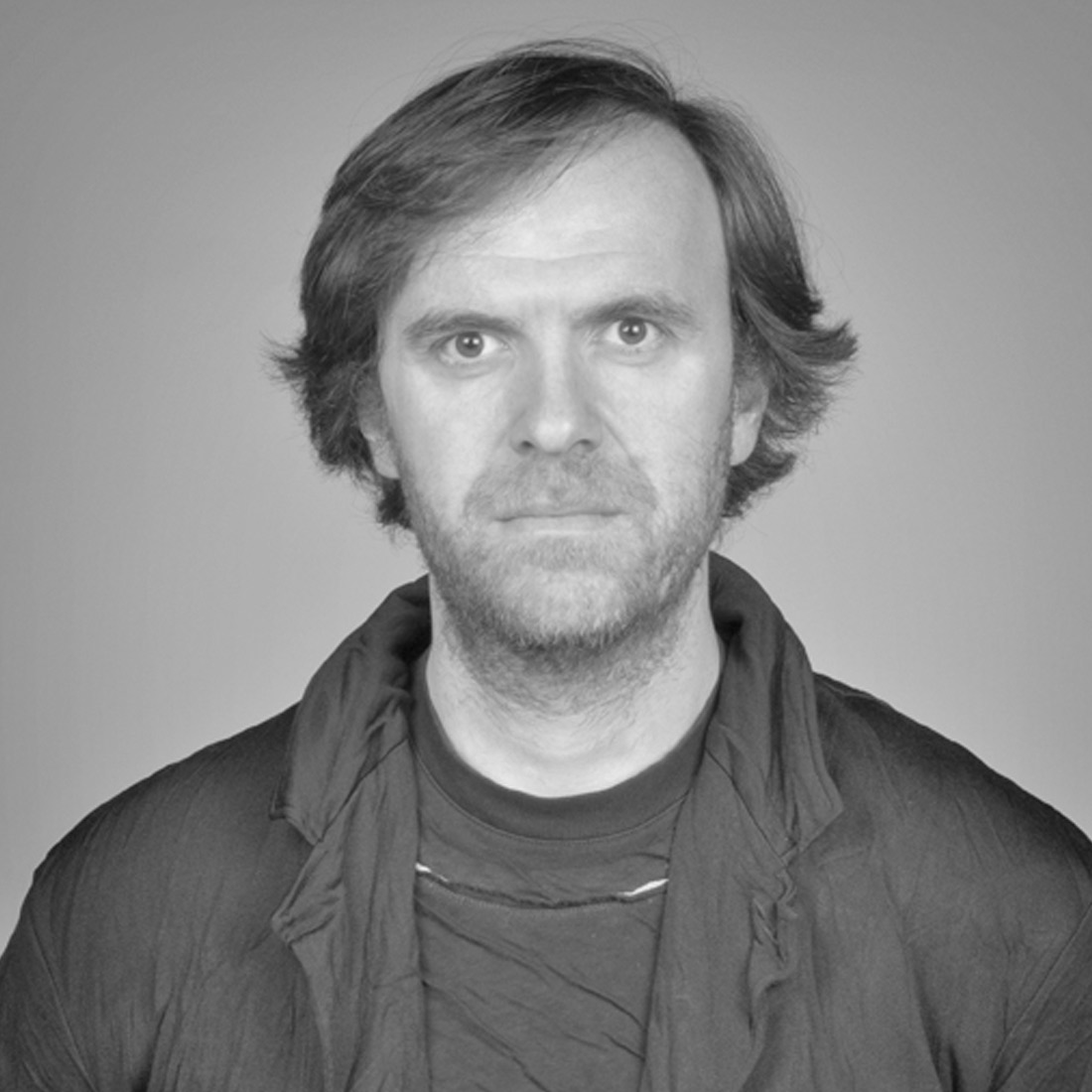 Andrea Morgante (Shiro Studio)
Andrea Morgante (Shiro Studio) Display cabinet for a collector
Display cabinet for a collector Moscova
Moscova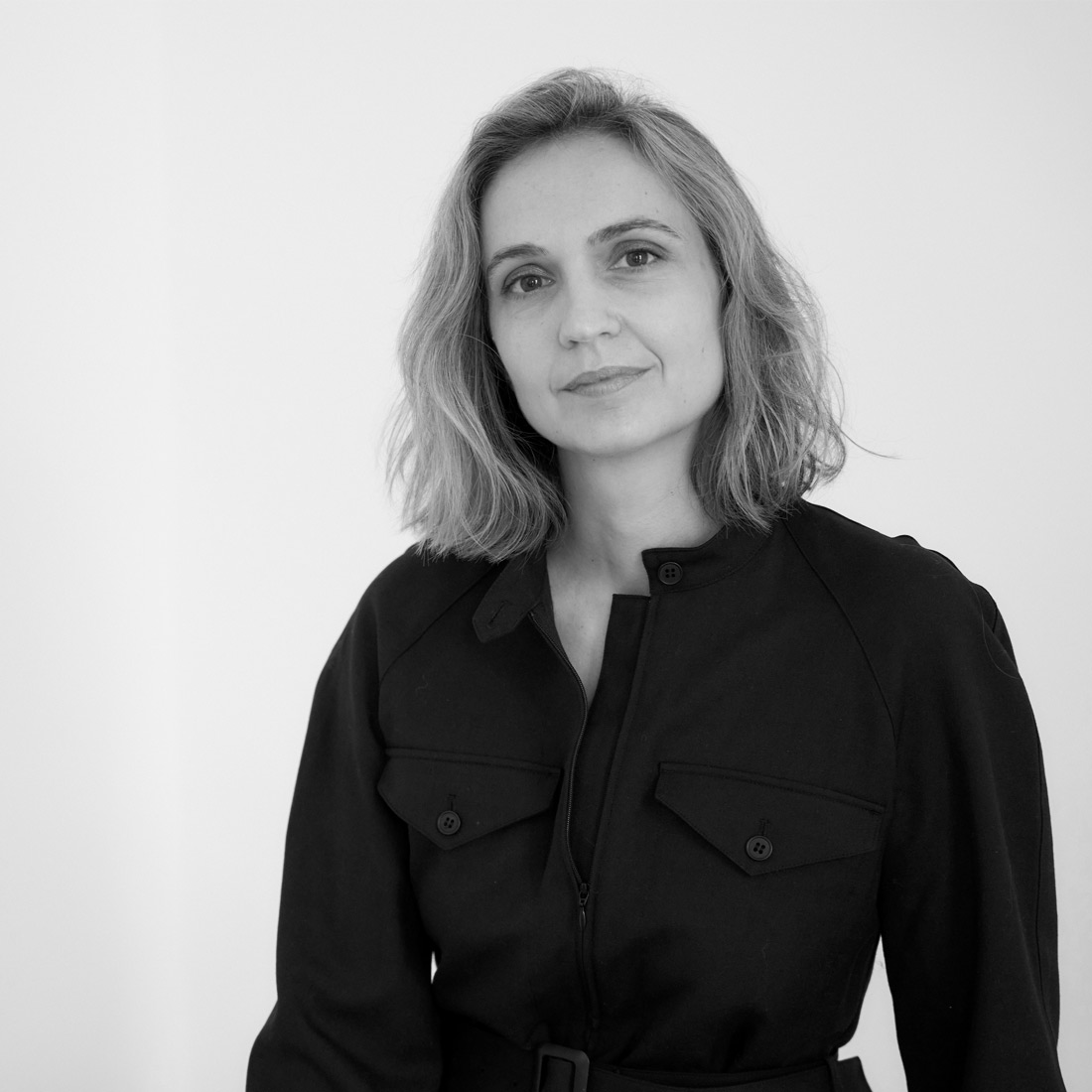 Clementine Chambon
Clementine Chambon COSMO Sunrise
COSMO Sunrise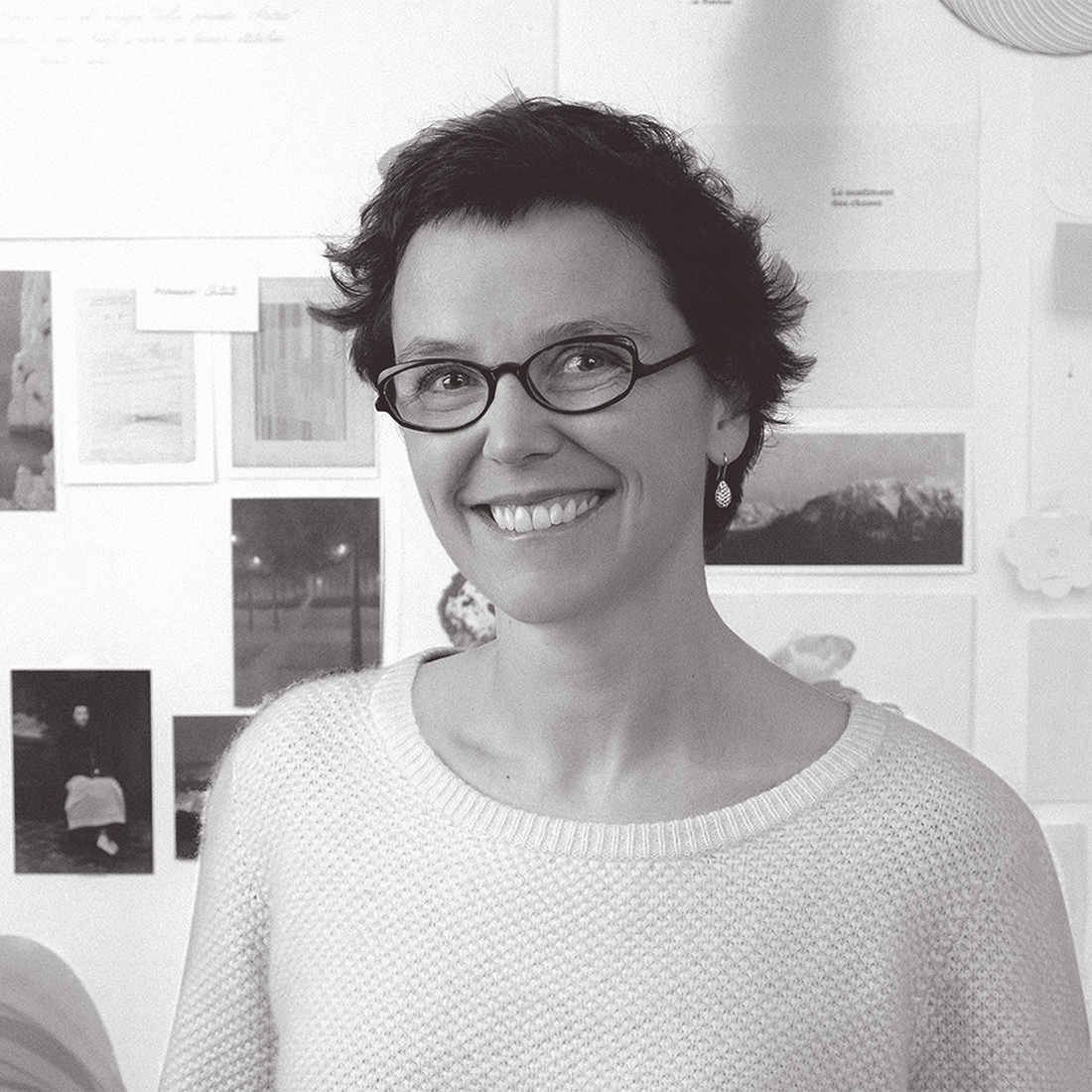 Constance Guisset
Constance Guisset Petal
Petal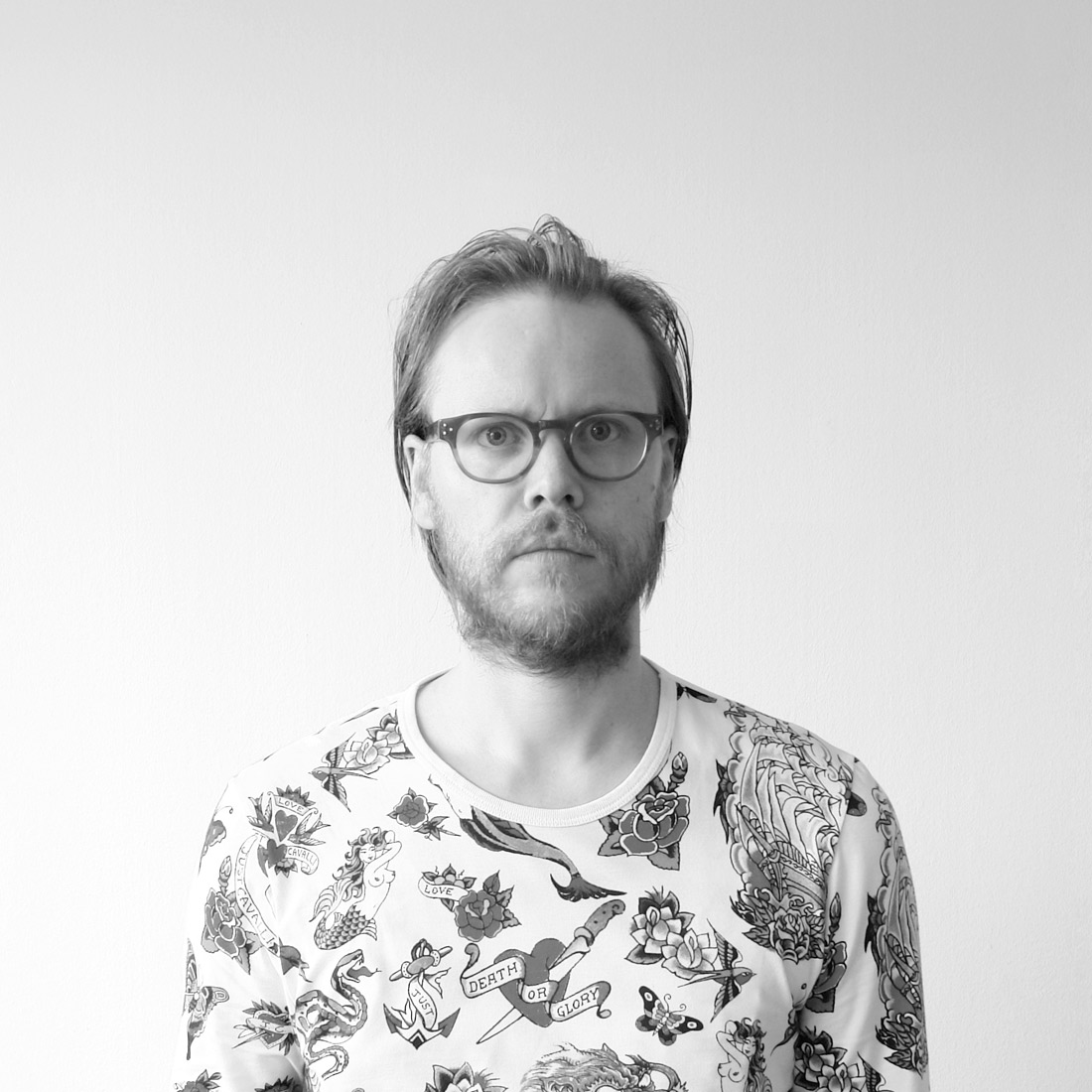 David Ericsson
David Ericsson Floridita
Floridita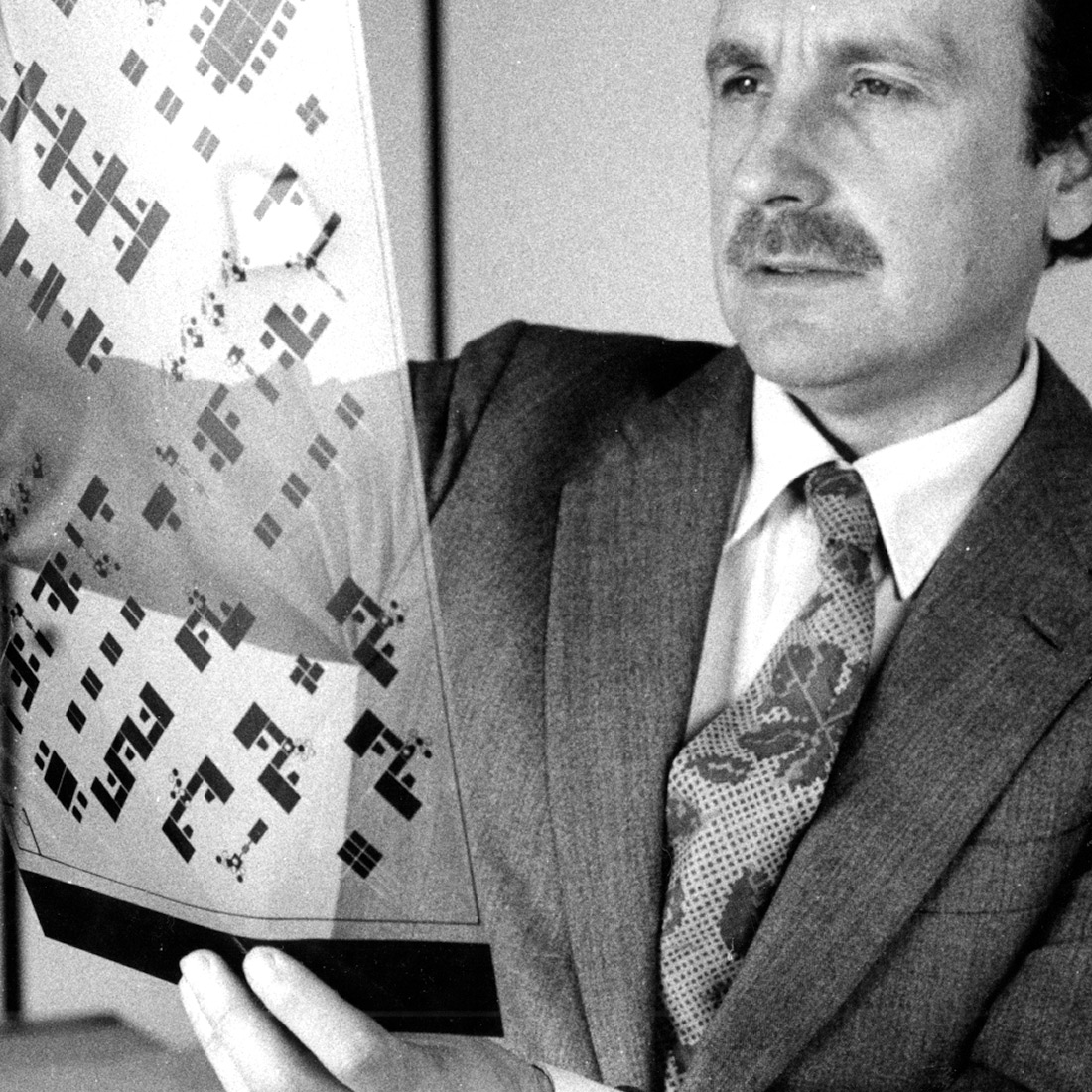 Eugenio Gerli
Eugenio Gerli SIR 73
SIR 73 SIR 73 XL
SIR 73 XL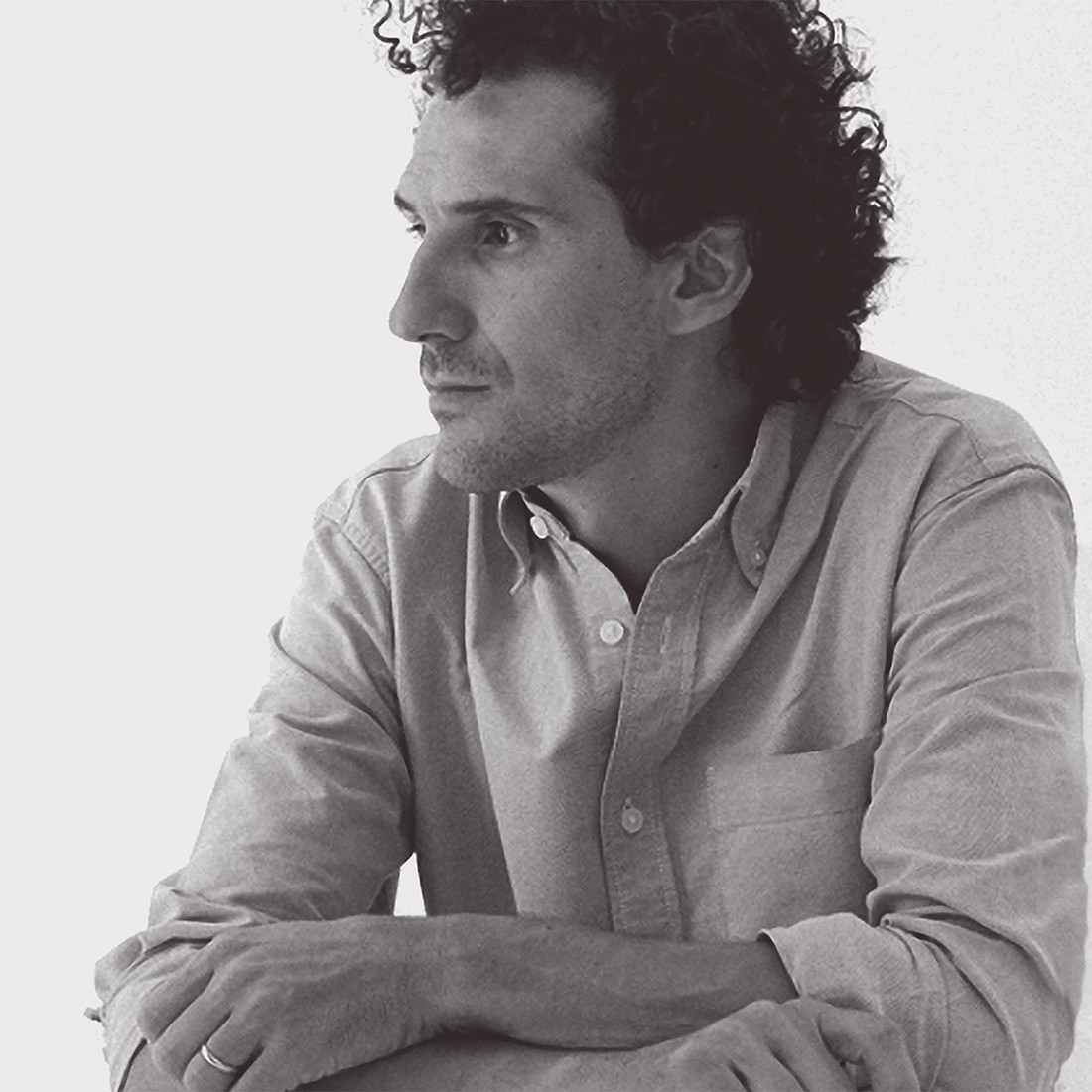 Francesco Faccin
Francesco Faccin Quattro Gambe
Quattro Gambe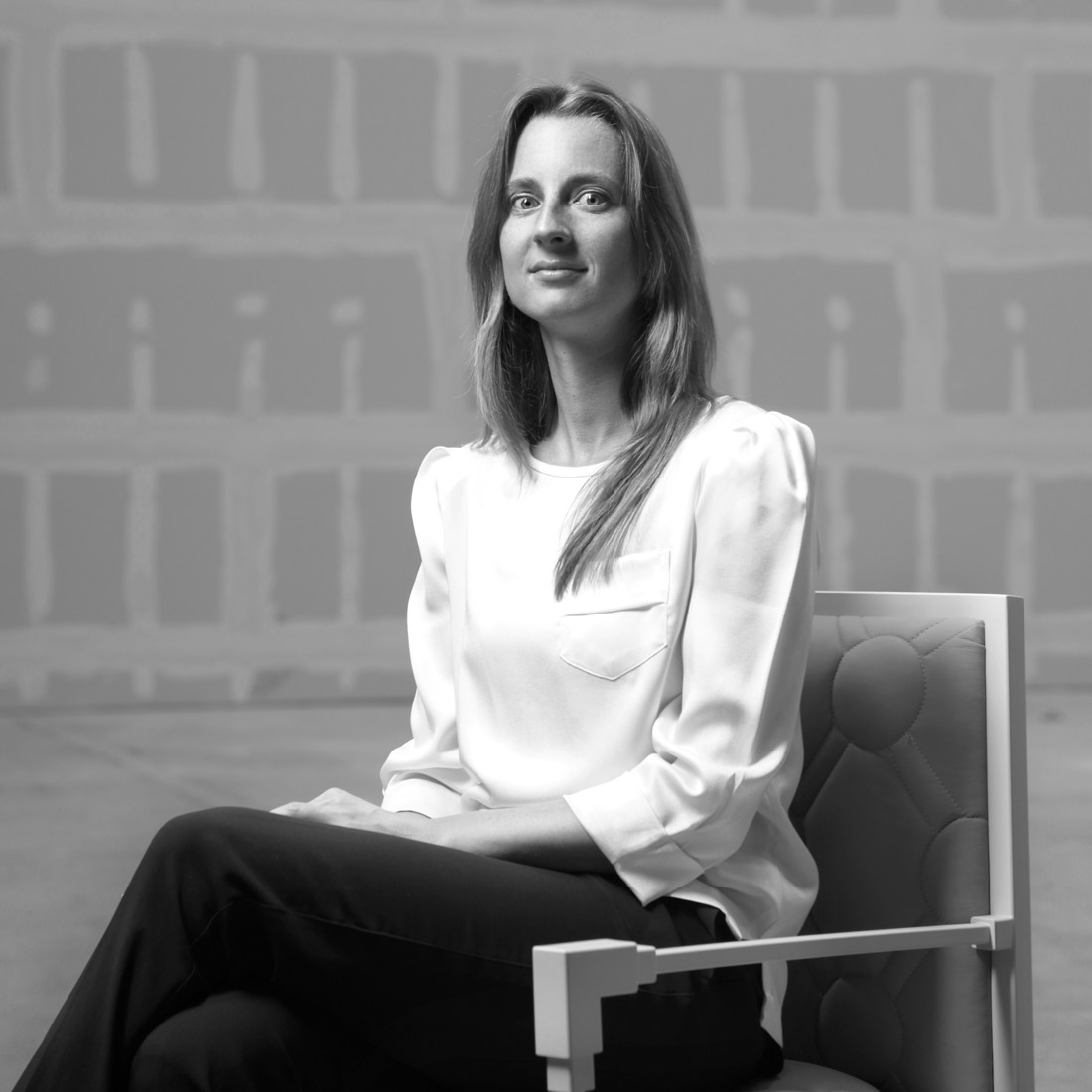 Kiki Van Eijk
Kiki Van Eijk Green Desk
Green Desk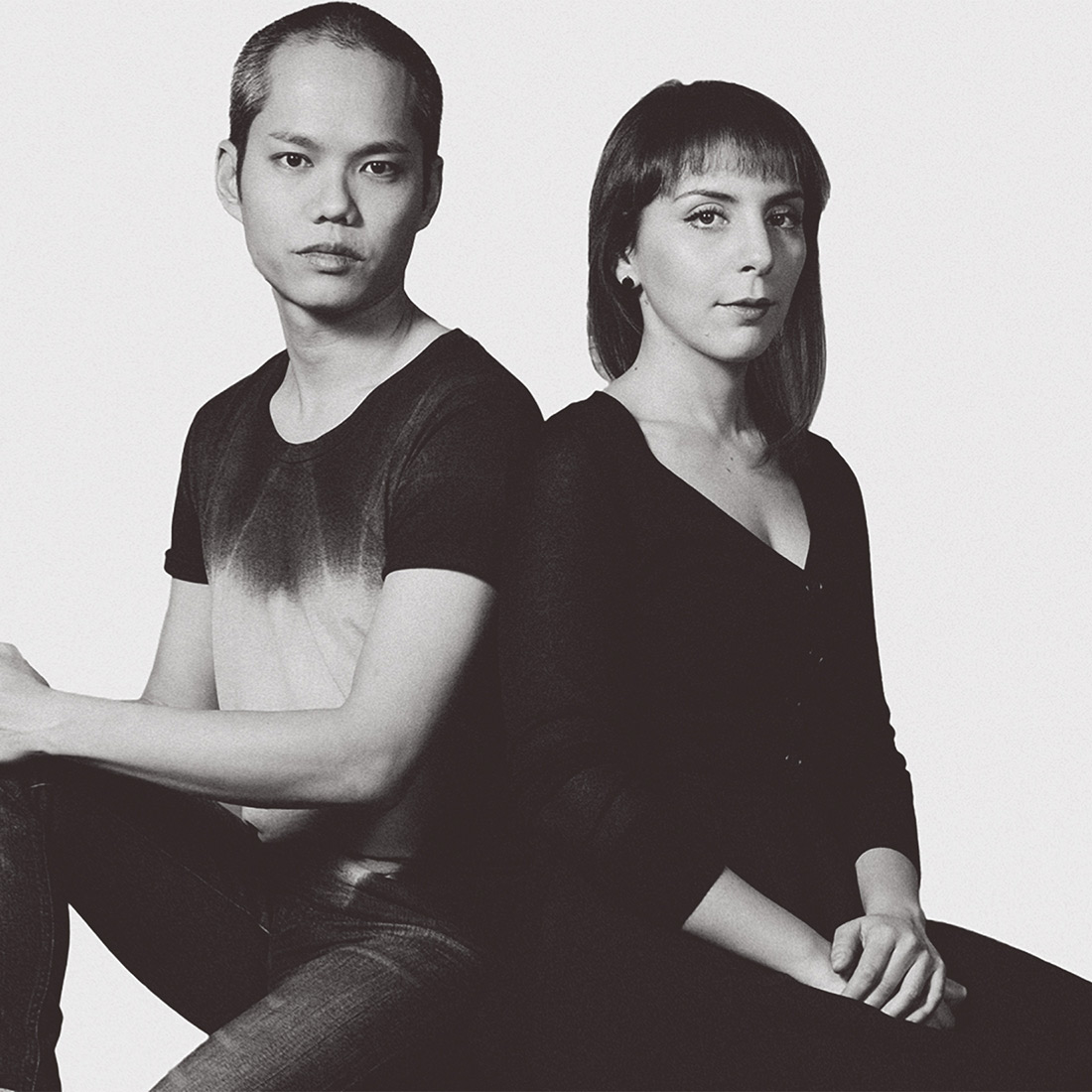 Lanzavecchia+Wai
Lanzavecchia+Wai Clockwork
Clockwork 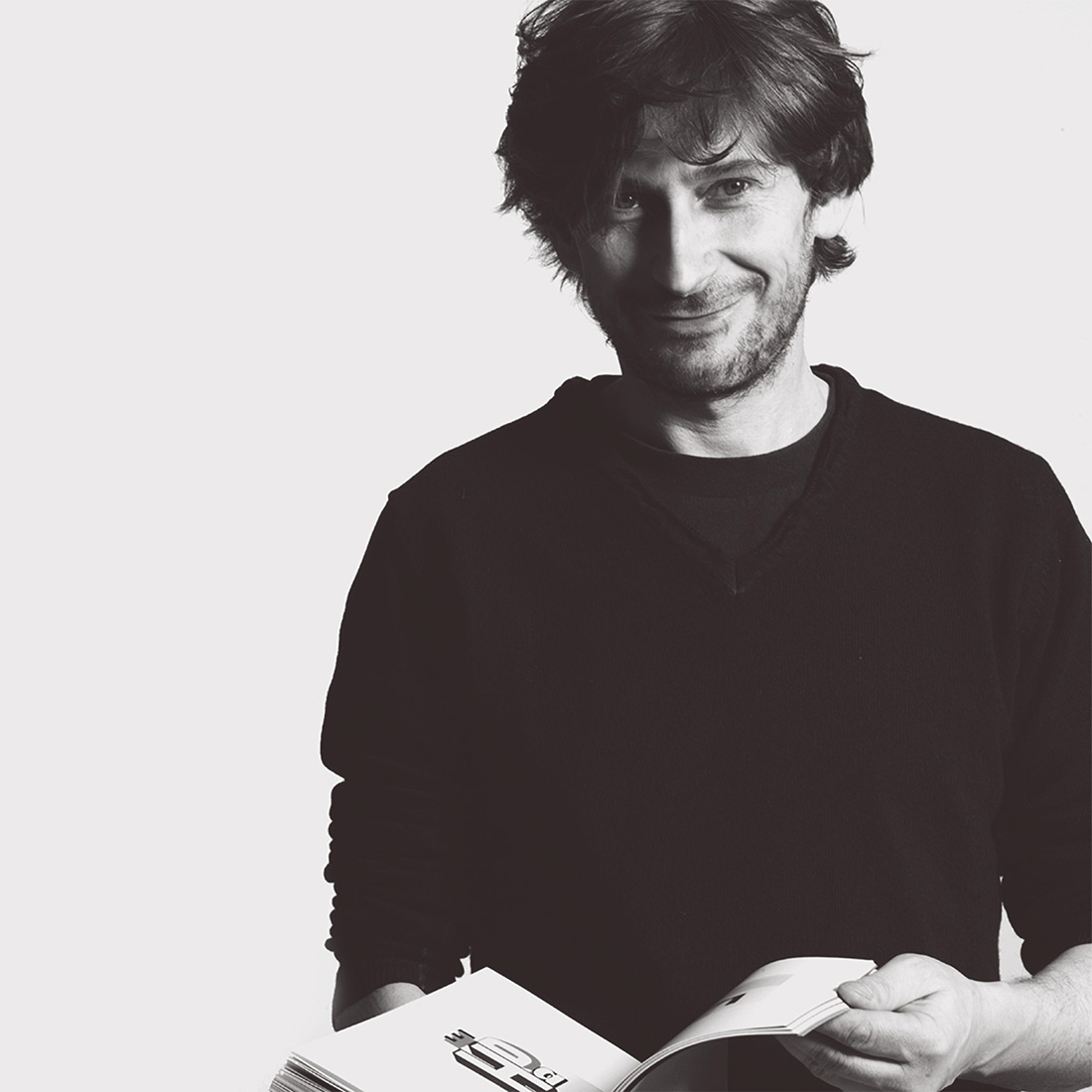 Lorenzo Damiani
Lorenzo Damiani Overlooking
Overlooking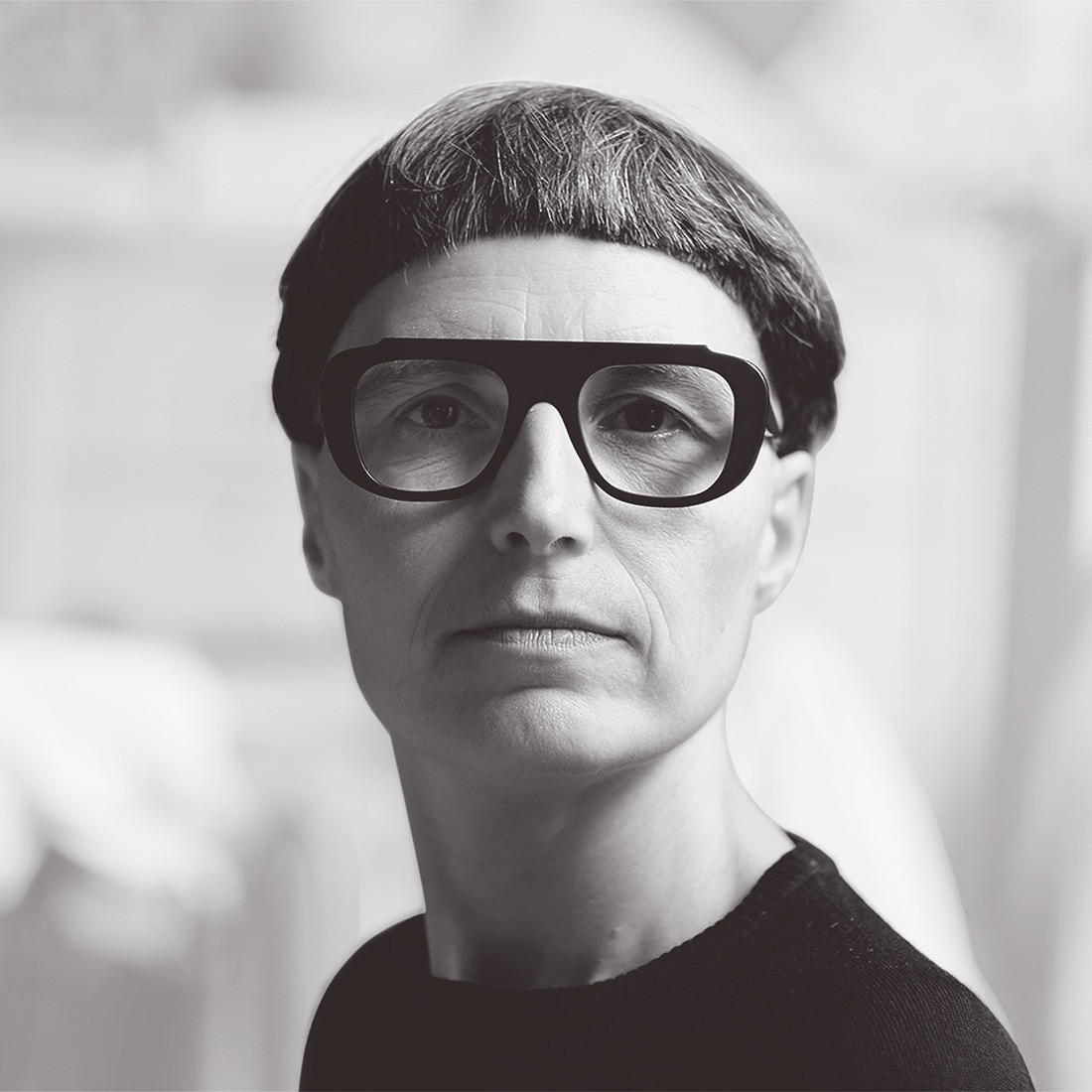 Matali Crasset
Matali Crasset Moirage
Moirage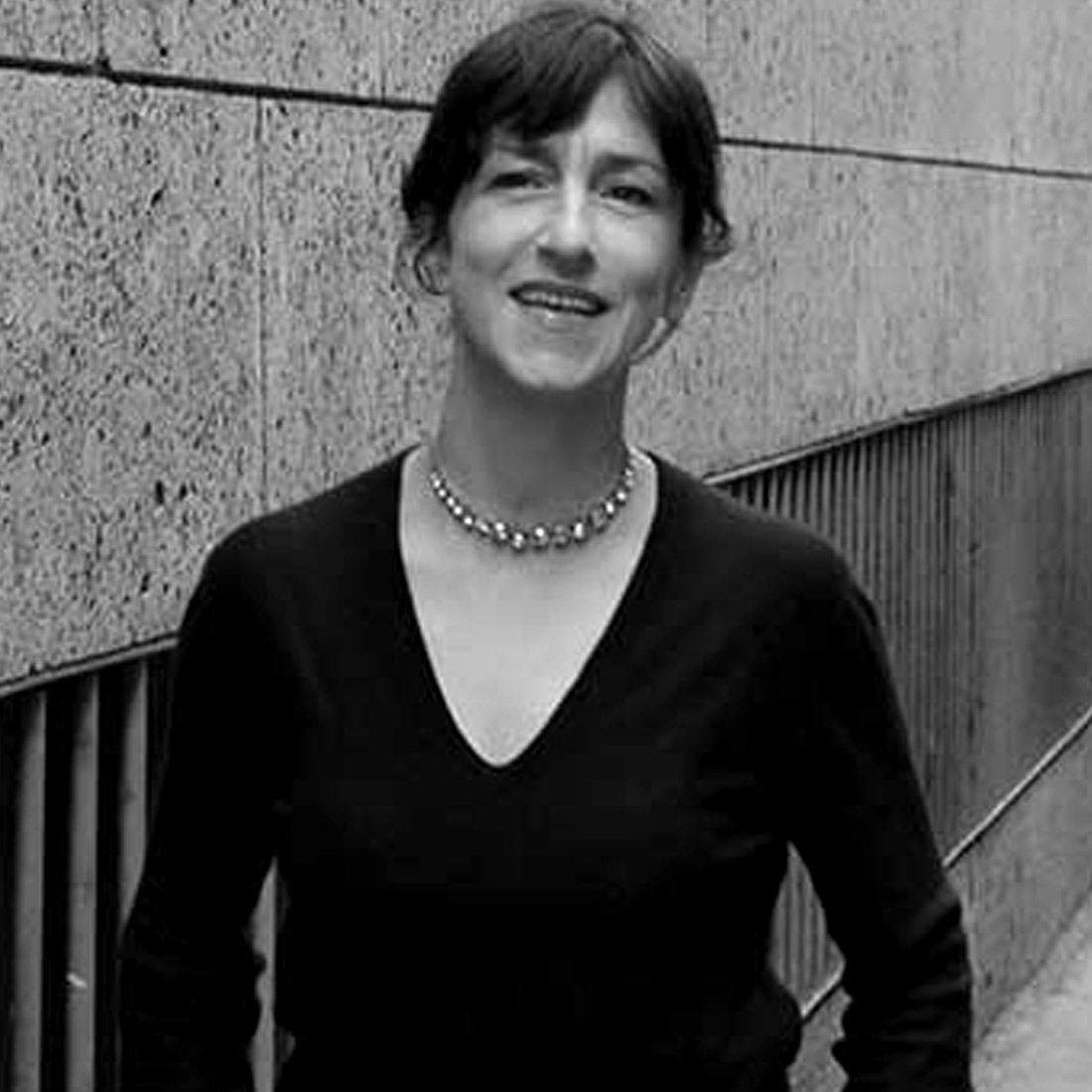 Matilde Alessandra
Matilde Alessandra Cube
Cube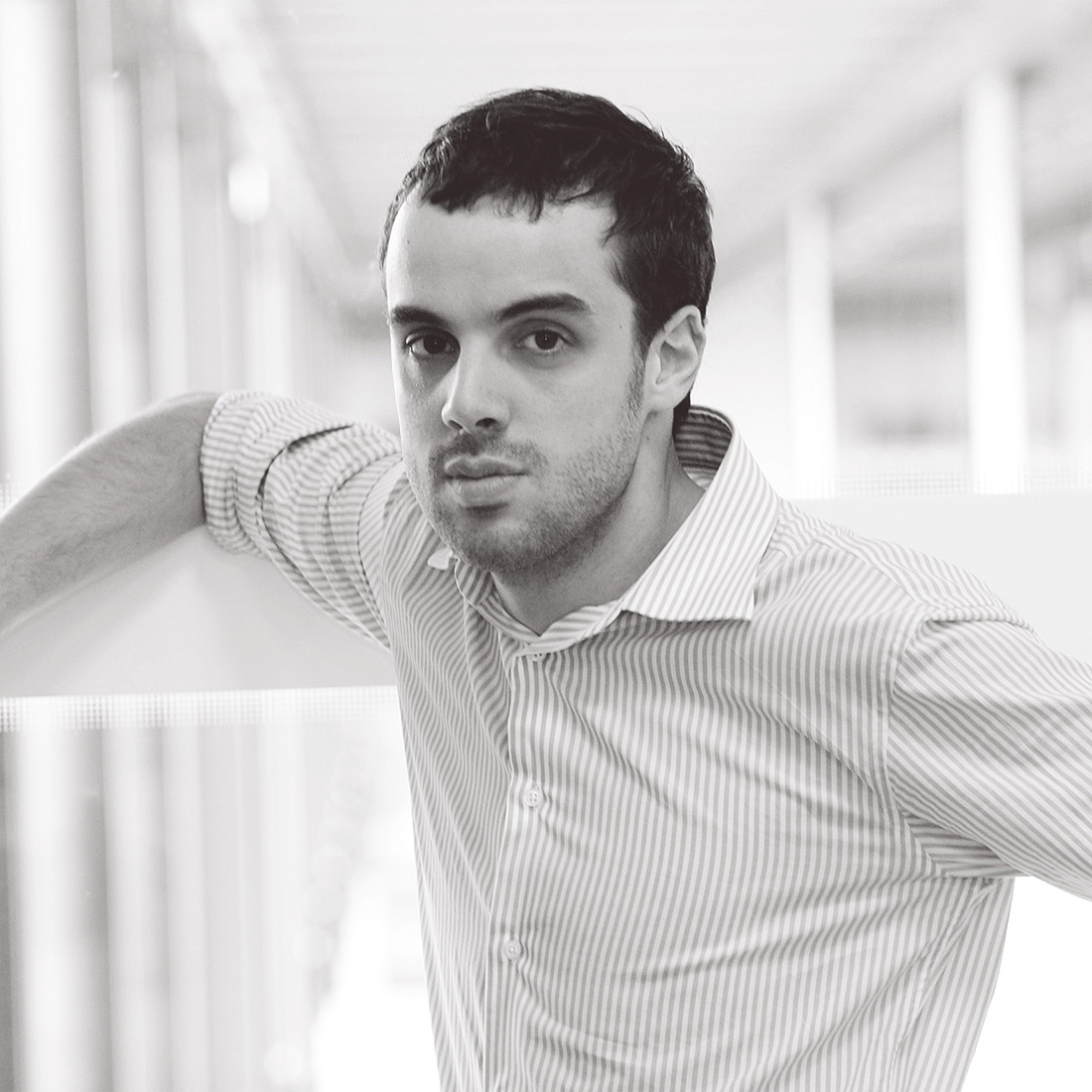 Paolo Cappello
Paolo Cappello Basilea
Basilea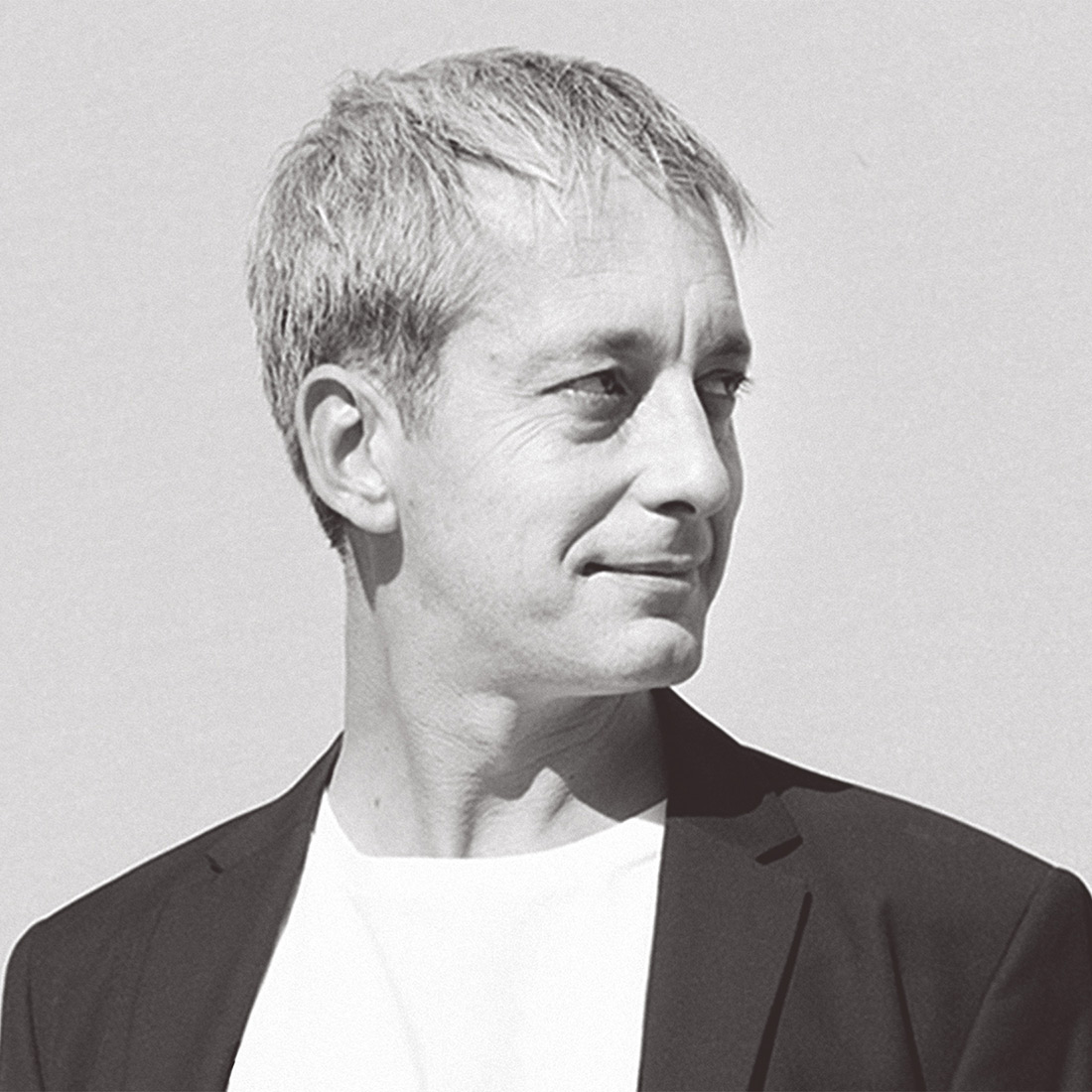 Sam Baron
Sam Baron Banquet
Banquet Missive
Missive Reflets
Reflets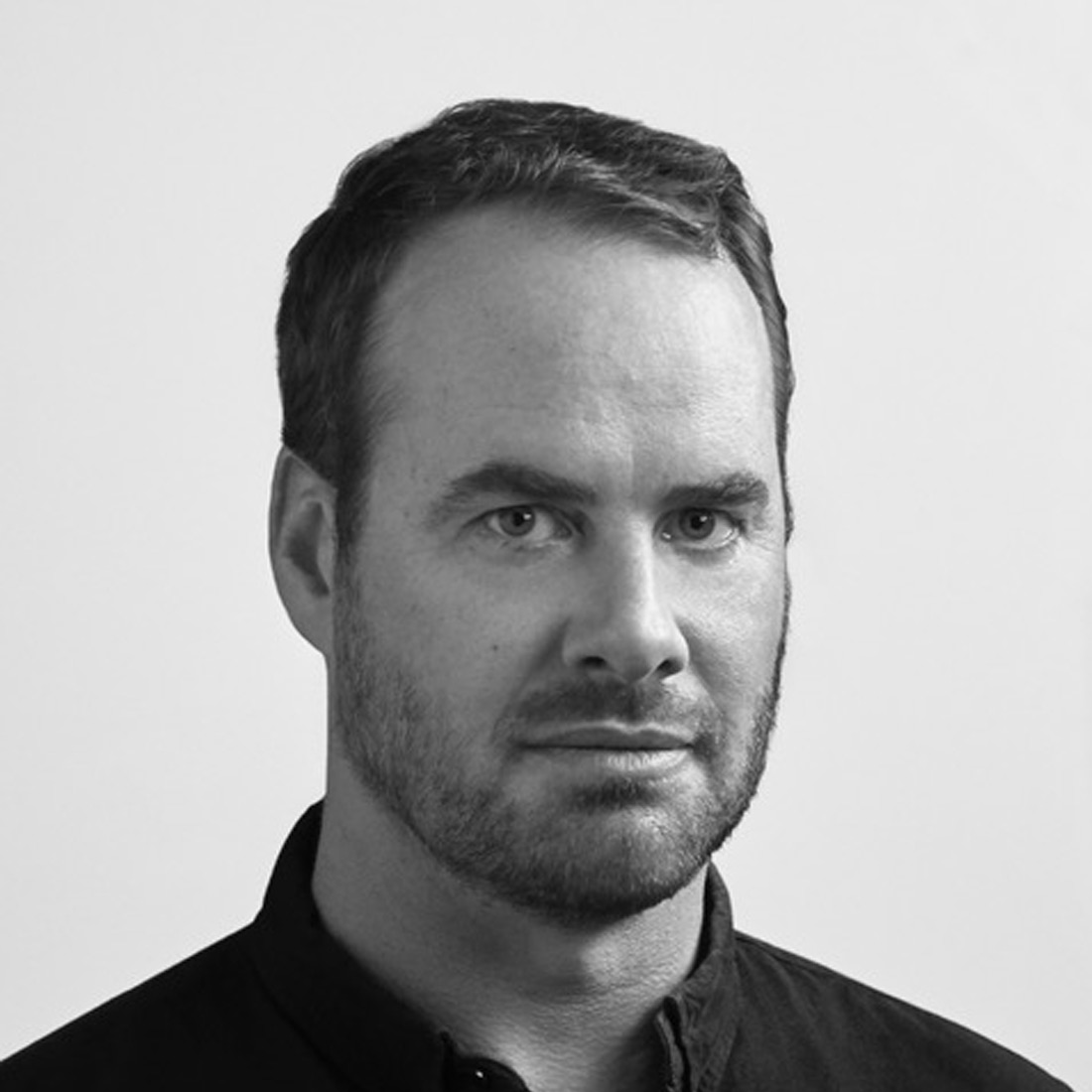 Taidgh O'Neill
Taidgh O'Neill E2
E2 G Table
G Table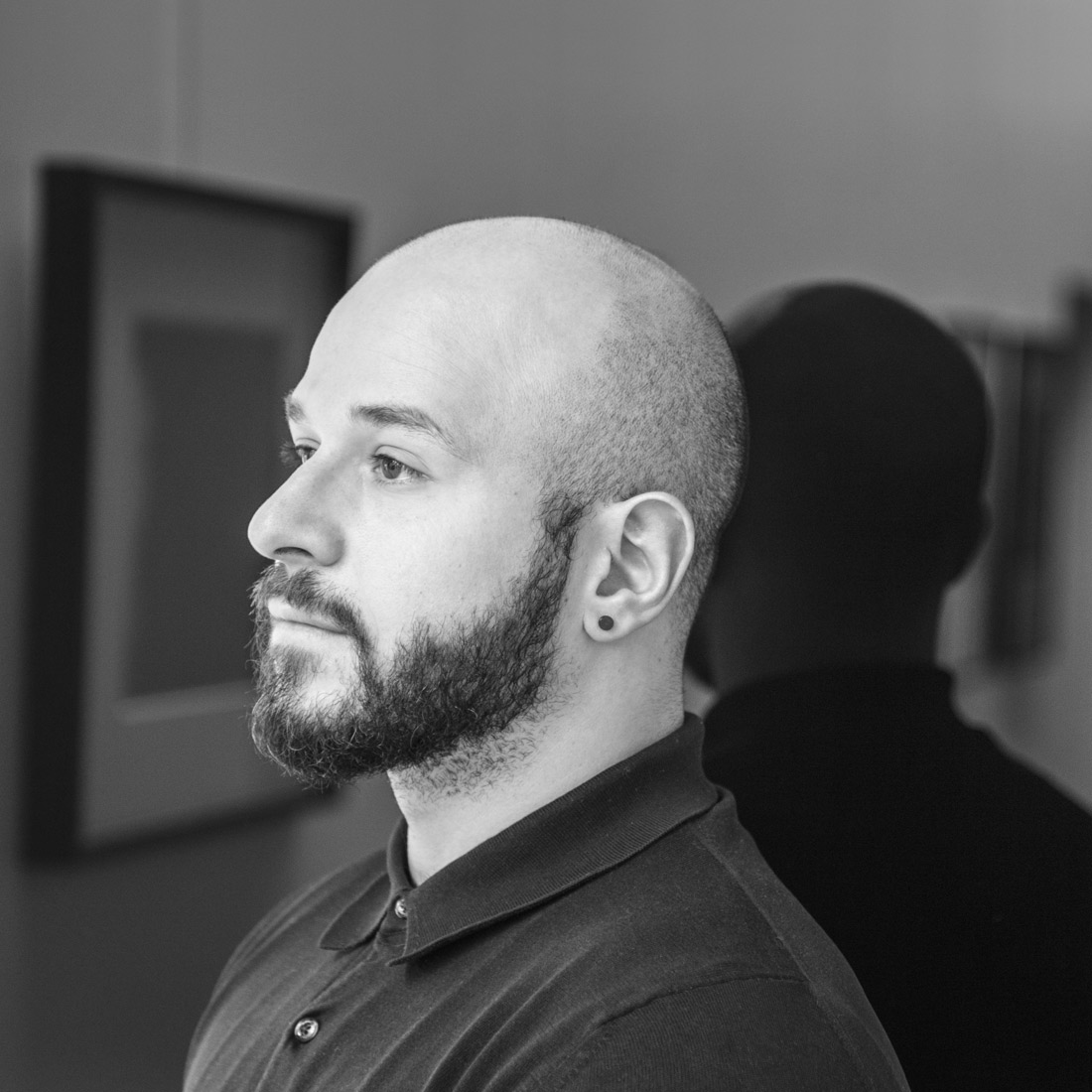 Vito Nesta
Vito Nesta Iride
Iride